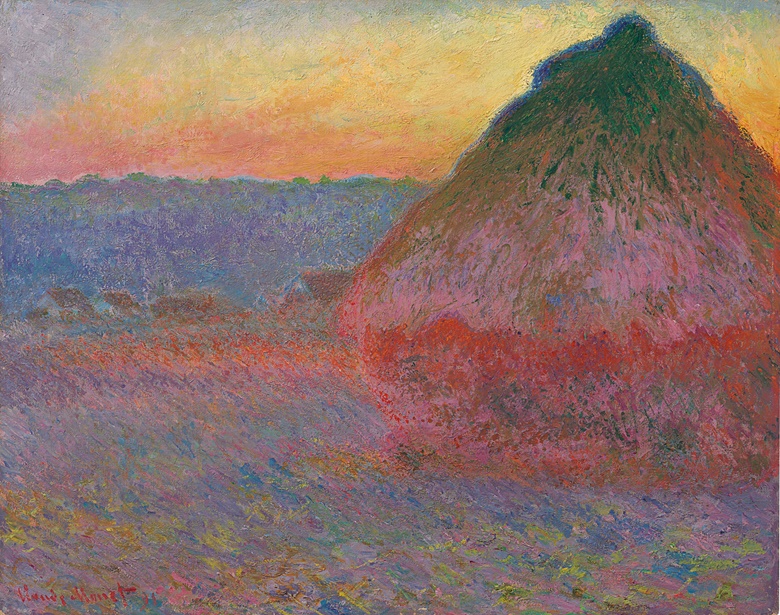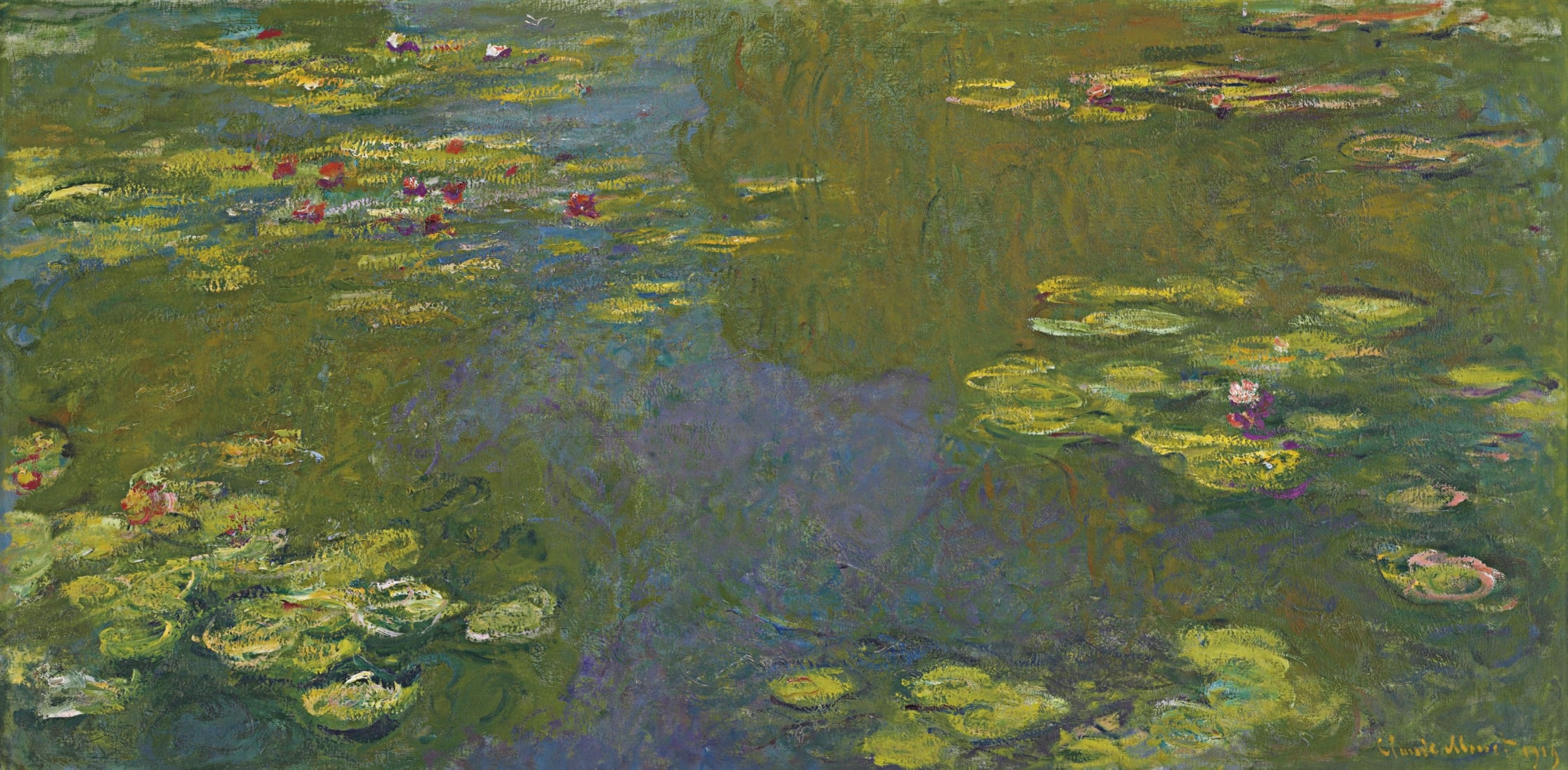Thursday, October 20, 2016
Christie’s Impressionist & Modern Art Evening Sale in New York November 16: Claude Monet’s Meule (Grainstack)
On November 16, Claude Monet’s Meule (Grainstack) will be among the highlights of Christie’s Impressionist & Modern Art Evening Sale in New York. This important painting is recognized as one of the culminating and finest examples of Monet’s Grainstack series. Meule will be on display to the public at Christie’s Rockefeller Center galleries beginning November 5. In advance of the November 16 sale, Christie’s will exhibit this painting for the first time in Asia at Christie’s Hong Kong October 17-19 and then at Christie’s London October 24-25.
Jussi Pylkkänen, Christie’s Global President, remarked: “In recent years we have been extremely aware of the growing passion for classic Impressionist paintings amongst our leading Asian Collectors. This work is simply a masterpiece by Monet the genius of plein air painting, and we unveil it in Asia for the very first time. It is an honour to bring this great Monet to Hong Kong.”
The Grainstack series – some twenty-five canvases in all – was the most challenging and revolutionary endeavor that Monet, then fifty years old, had ever undertaken. While he had experimented during the later 1880s with depicting a single landscape subject under different lighting and weather conditions, never before had he conceived of painting so many pictures that were differentiated almost entirely through color, touch, and atmospheric effect. The present painting is among the most formally adventurous of all the Grainstacks – part of a trio of canvases in which a single conical meule is seen close up and cropped by the painting’s edge, transcending naturalism in form and color alike.
Conor Jordan, Deputy Chairman of Impressionist and Modern Art, comments: “Claude Monet’s Meule, a work of shimmering beauty, is one of the last remaining examples in private hands of the artist’s momentous series of Grainstack paintings executed over the winter of 1890-1891. A rhapsody of twilight atmosphere, Meule is rendered with a weft of jewel-like color that evokes both radiant glory of a moment and the universal qualities of the passage of time in nature.”
Monet needed only to walk out his door at Giverny, to a field known as the Clos Morin that lay just west of his home, to find his motif. He set up his easel near the boundary wall of his garden, looking west across the field toward the hills on the far bank of the Seine. There, following the harvest, local farmers piled hundreds of sheaves of bound grain stalks into tightly packed stacks, rising from fifteen to twenty feet in height and capped with thatched conical roofs. These served as storage facilities, protecting the crop from moisture and rodents until spring, when the grain could be more easily separated from the chaff. The grainstacks represented the local farmers’ livelihood – the fruits of their labors and their hopes for the future.
Monet and his art dealer Durand-Ruel exhibited fifteen Meules in May 1891 to great acclaim and by the close of 1891, all but two of the Grainstacks had left the artist’s studio. The present painting is one of five from the series that the American-based dealer Knoedler selected from the artist in September 1891, and the only one from that group to remain today in private hands.
A majority of the Grainstacks series are housed in major art museums around the world, including the Musée d'Orsay, The Metropolitan Museum of Art, the Art Institute of Chicago, and the National Gallery of Scotland, while few are held in private collections. In recent years, prices for exceptional examples of Monet’s work have soared, driven by demand from collectors worldwide for masterpiece quality works by the greatest master of the Impressionist period.
The top price at auction for any Monet painting is $80.4 million for Le Bassin aux nympheas from 1919, sold at Christie’s London in June 2008 against an estimate of $35-47 million.

